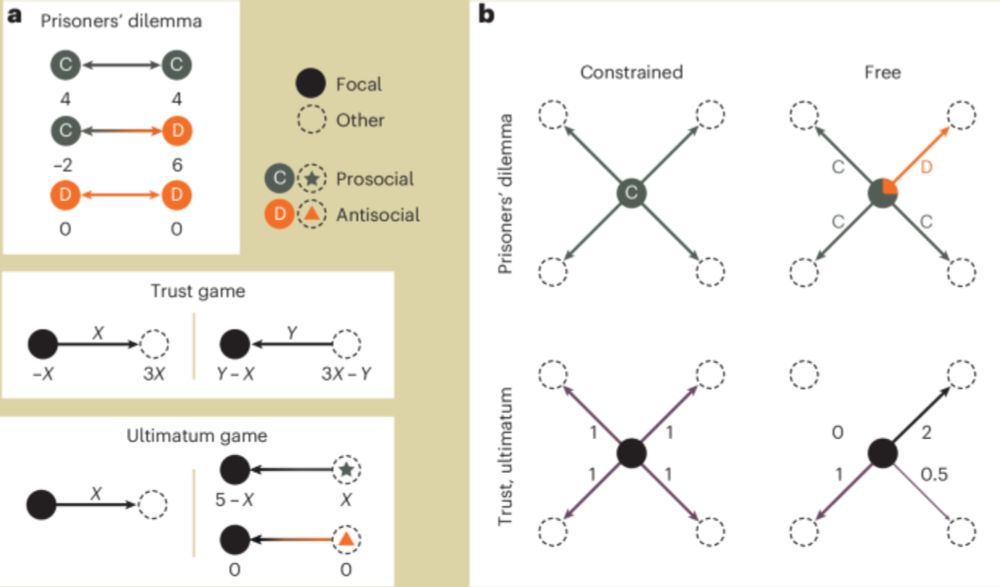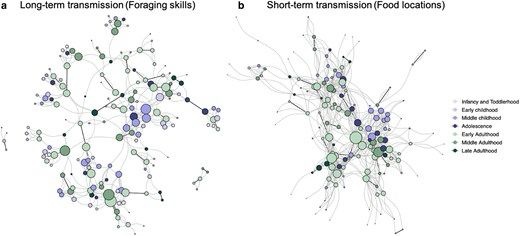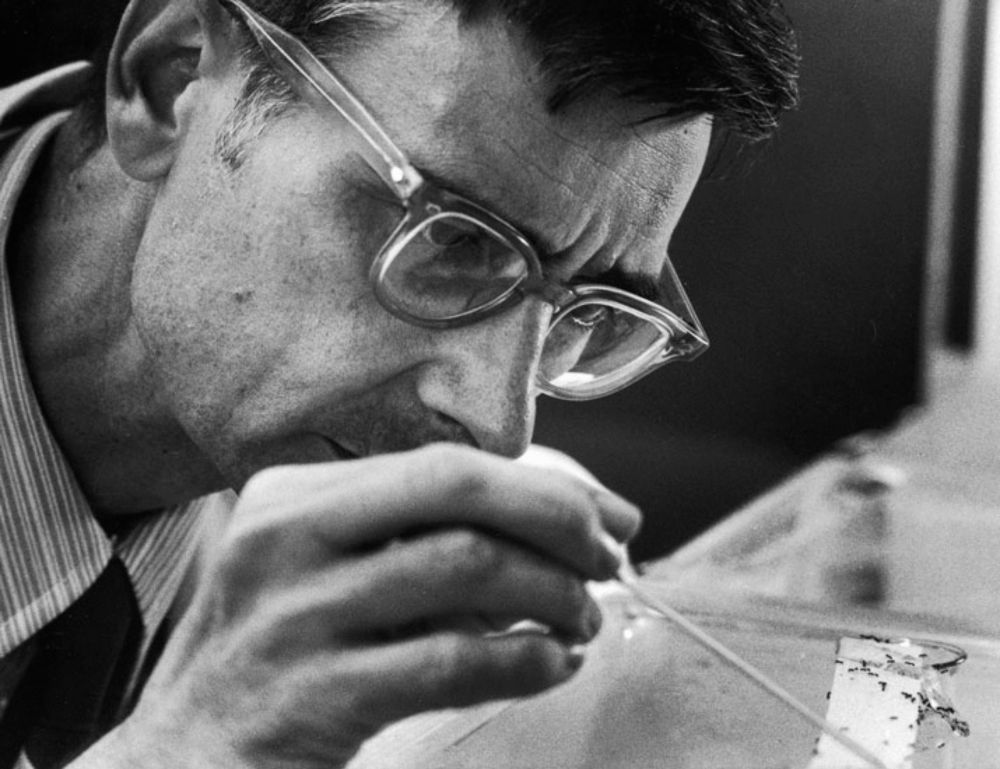Daniel Redhead
@danielredhead.bsky.social
1K followers
810 following
12 posts
Assistant Professor in Sociology at @rug.nl | Interdisciplinary researcher interested in social networks, cooperation, and social and economic inequality | Assistant director of the ENDOW project: endowproject.github.io 🏳️🌈
Posts
Media
Videos
Starter Packs
Reposted by Daniel Redhead
Reposted by Daniel Redhead
Reposted by Daniel Redhead
Reposted by Daniel Redhead
Reposted by Daniel Redhead
Reposted by Daniel Redhead
Reposted by Daniel Redhead
Abbey Page
@abbeyepage.bsky.social
· Sep 2
Reposted by Daniel Redhead
Reposted by Daniel Redhead
Reposted by Daniel Redhead
Reposted by Daniel Redhead
Reposted by Daniel Redhead











